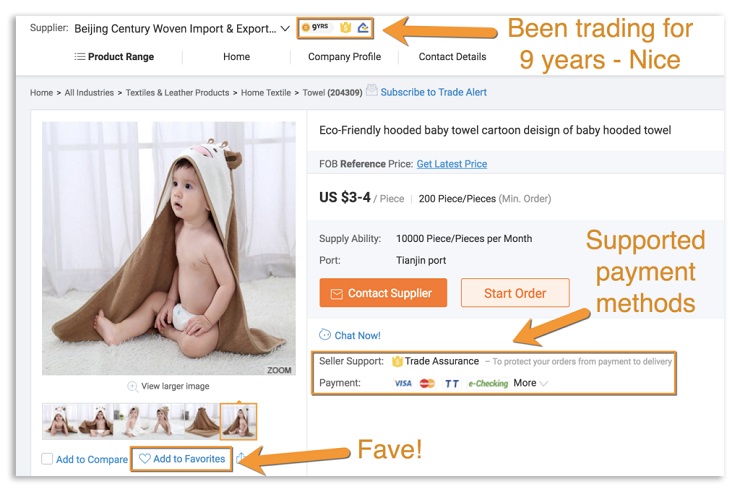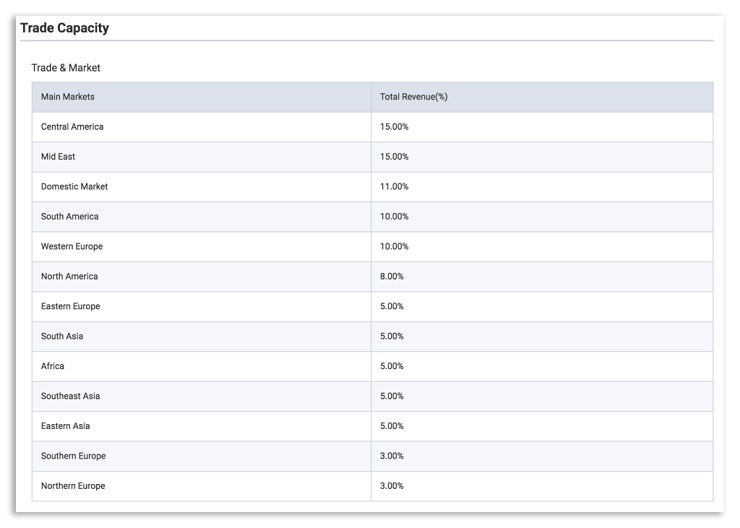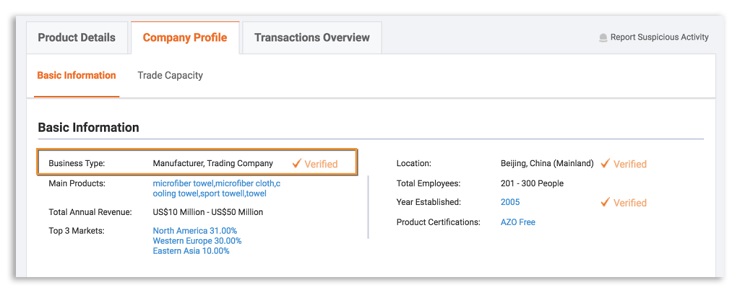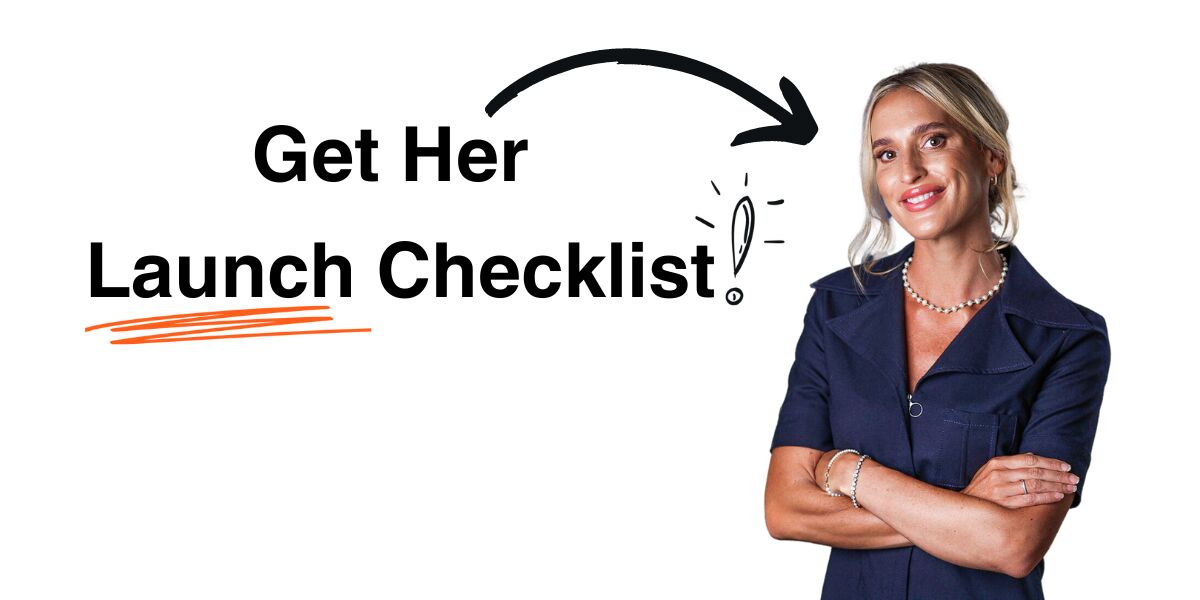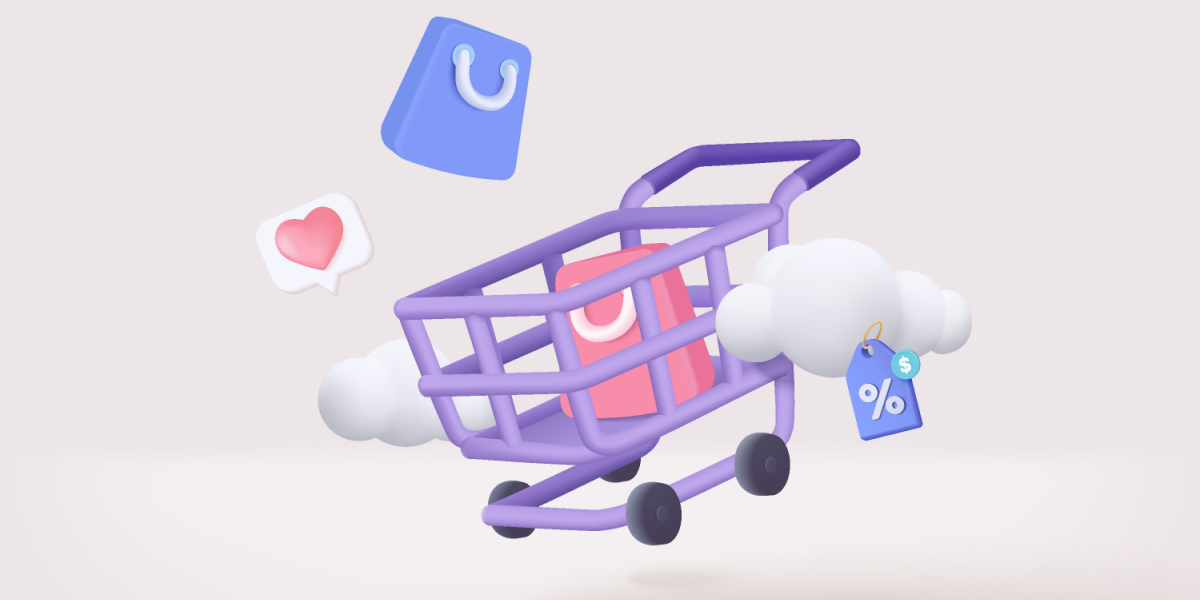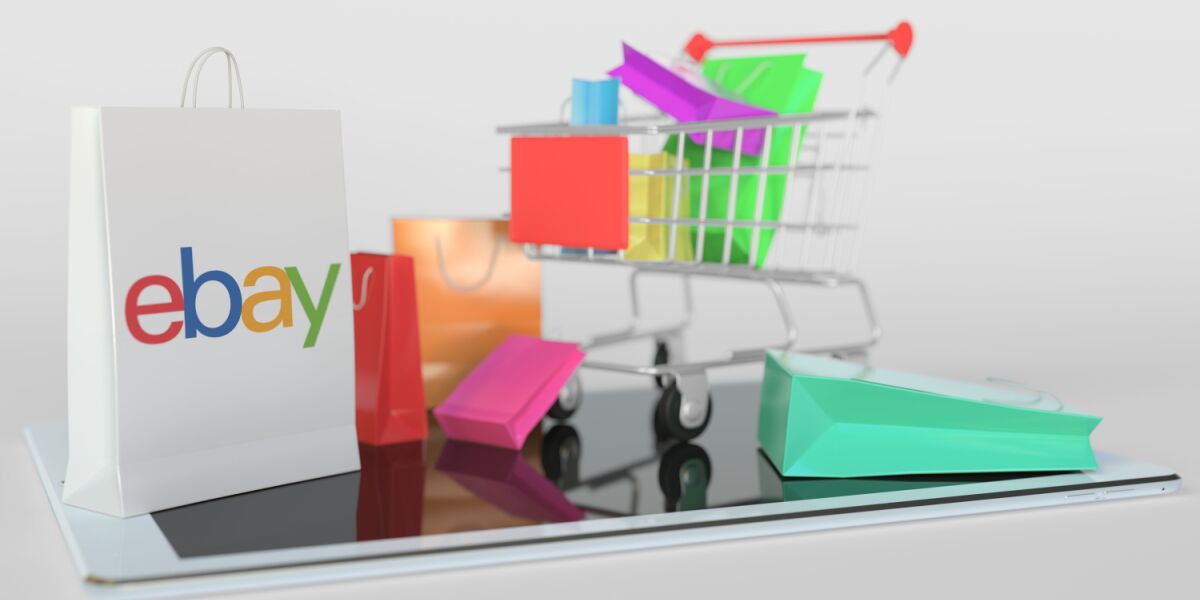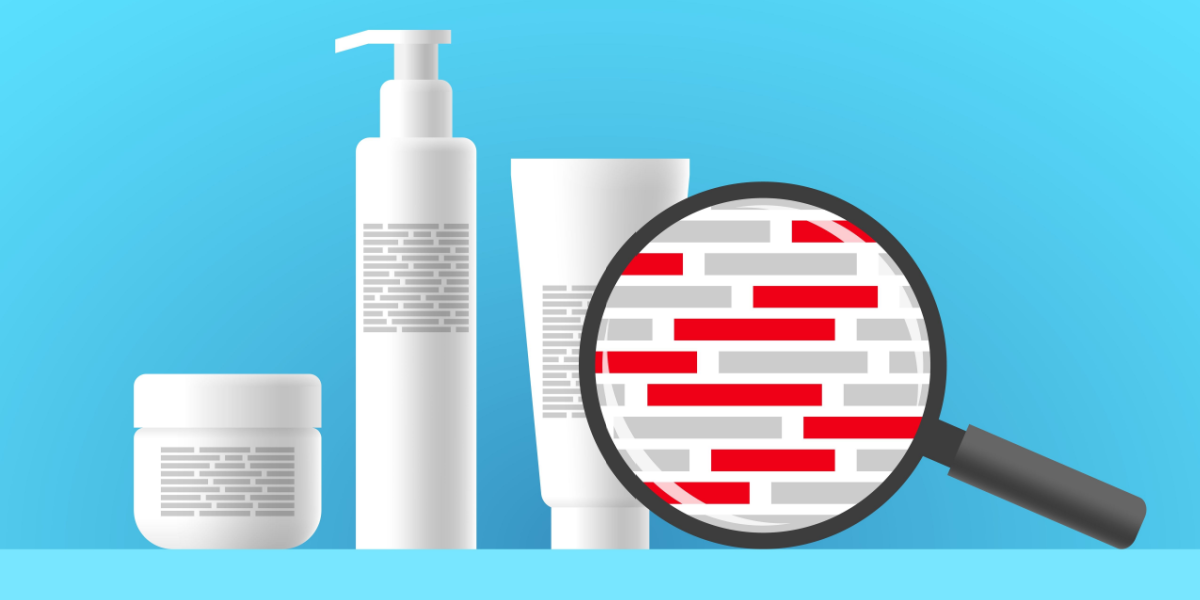A crucial part of running any business that sells physical products is finding reliable product suppliers and manufacturers, and forming strong business relationships with them. To a beginner, it can feel like a total minefield, and even experienced pros can trip over some common mistakes.
As an Amazon seller and ecommerce business owner for the past five years, I have been through this process countless times—I’ve experienced a lot of success and made a lot of mistakes along the way.
Eventually, though, I developed a proven system for finding quality suppliers for products for all of my ecommerce ventures. This is the exact method that has sourced two products that have generated almost $500,000 in the past two years.
This article will focus mainly on what I’ve found to be the best way to source a product—using a product manufacturer in China through online marketplace Alibaba—including:
- How to search Alibaba effectively
- What criteria to look out for
- Outreach strategies
- Negotiating tips
- Payment options
- Forming relationships and drawing up agreements
This will be useful for you no matter what type of ecommerce business you are building. If you are sourcing products in China, or even considering it, keep reading.
Our Goals
I always think it’s important to be mindful of what your goals are with all business-related tasks, and product sourcing is no different. Here’s what our goals should be as we embark on this journey:
- To find a supplier that is dependable and willing to work with my specific product demands
- Striking a balance between quality and cost—often at odds with each other but not impossible to manage
- Negotiating mutually beneficial terms between manufacturer and distributor—for example, what happens if goods are faulty or not shipped on time?
A few other optional goals could be finding suppliers that deal with the range of products that you sell, so you can cut down the time you spend working with several factories. Or working with manufacturers, instead of trading companies. More on this coming up!
Using Alibaba to Find a Product Supplier
Alibaba.com is the richest source on the internet for finding a product manufacturer. I have yet to find a product I couldn’t source from China using this platform.
Having said that, you can apply the same principles in this post if you are using other platforms, such as Global Sources.
Make sure you get an account before you get started, as you’re going to want to use some of the features like the favorites list, and the in-app messaging.
Navigating A Supplier’s Profile Page
Forgive me for being honest, but Alibaba isn’t the prettiest of platforms, and there is a lot of information packed on there. It’s very useful, but can be daunting when you first arrive.
So here’s a useful guide to highlight the parts that we are particularly interested in when browsing for a list of potential product suppliers.
Filter for Gold Suppliers: This allows you to find suppliers that are pre-qualified by Alibaba as reliable.
Trade Assurance: This is a payment protection service from Alibaba that some suppliers support (more on payments coming up).
Assessed Supplier: This is a supplier that has been assessed by a third party, and has a report to prove it. Filtering for this and gold designation usually narrows down your results somewhat, and I tend to find that the gold suppliers are usually vetted pretty well by the platform.
You can also select which countries you prefer suppliers to have exported to in the past, right off the bat.
Simple hack: Search for a variety of keywords related to your product to find a wider range of suppliers.
Once you find suppliers that catch your eye, you can easily see how long they have been trading, what payment methods they accept, and add them to a favorites list if you think they are worth reaching out to.
Make sure you add suppliers to your favorites shortlist who:
- Have at least the gold supplier badge
- Have been trading for at least two years, if not more
- Accept payments in a method you are willing to use (see further down about payment methods)
- Optionally, have the Trade Assurance badge, which gives you some protection via Alibaba when you place an order
Want to Learn How to Start & Grow a Profitable Online Store in 12 weeks? Sign Up for Our FREE Masterclass!
Learn How to Start a Profitable Store in 12 Weeks or Less. Join our FREE Ecommerce Masterclass!
Narrowing Down Your List of Suppliers
At this point, you are going to want to generate at least 20-30 potential product suppliers, with the knowledge that out of that, you are going to ruthlessly cut it down to your top 3-5 candidates.
In one of Jungle Scout’s webinars, sourcing expert Gary Huang shared some very simple-to-follow criteria for finding an excellent supplier. I listed this information below. The following tests are going to provide your most important tools for narrowing down to a lean list of potentials:
Test 1: The Common Thread
Make sure the supplier sells products that are the same as, or similar to, the products you are sourcing. This reduces your chances of working with trading companies (who are usually more expensive), and means that your supplier will be well versed in all things related to your specific product.
For example, one of my case study products is a hooded baby towel. When sourcing this product, I wanted to find a supplier that not only worked mostly with textiles, but also one that had experience with the baby category. Why? So they could advise me on matters like product testing and requirements, and were much more likely to have pre-approved raw materials for baby products.
Test 2: Country of Exports
Similarly, finding a product supplier that already exports to sellers in the same country as you (or the countries you are selling in) is very beneficial. This means they are familiar with the level of quality that is required for a particular market, and will be better versed in any requirements as above.
You can see a breakdown of where each supplier exports to on their Alibaba profile page under the “company profile” tab:
If I was selling in North America and Western Europe, then I would expect to have to adhere to any particular legislations or testing requirements. This supplier only exports 18% of their goods to these areas, so I would at the very least want to ask them questions about how well equipped they are to help me with these matters.
Test 3: Established Business
It’s always better to work with experienced product manufacturers who excel in your product category and have had at least a few years experience in manufacturing products and exporting them to marketplaces like the US or Europe.
It may be tempting to go for a new supplier who dangles the “cheap cost” bait in front of your eyes, but this could end up being a costly mistake in the long run. Even if you are a new ecommerce business, try not to cut costs by picking an unreliable supplier.
What is a Trading Company Anyway?
Let’s go ahead and settle this often confusing distinction. When you browse Alibaba, there are two types of suppliers: manufacturers and trading companies.
Usually you can see this information on the Alibaba supplier listing:
A manufacturer means that they manufacture products in their own factories.
Trading companies act like a middleman, and source products from manufacturers and then sell them to you.
Generally, it’s better to get your products directly from the manufacturer, because it keeps costs down, and it means you have greater visibility of where your products and raw materials are coming from.
This is important, because I always use an inspection company before any inventory leaves China, which checks both the quality standards of the products and the factory.
It’s not uncommon to find suppliers listed as both, which usually means they manufacture certain items, and source the rest. Sometimes it’s difficult to find out which category a supplier falls into, even when asking them directly—I tend to steer away from those suppliers.
There’s no reason you can’t work with a trading company, if they are reliable and it works for you, but it’s always worth comparing the costs with manufacturers to see if you can keep your cost of goods lean!
Contacting and Hiring Product Suppliers
By far, the easiest way to get the ball rolling is to add product suppliers to your favorites list, and then send them each a message within the Alibaba platform. Later, we’re going to start communicating using email, Skype and WeChat, but only once the unsuitable candidates have been ditched.
The quickest and most efficient way to do this is to create an email template to send to all of the suppliers on your list. This requires two considerations:
- What email address will you use? If you are new to this, then maybe it’s time to get a business email address and some email hosting. I actually launched all of my Amazon businesses using a Gmail without any issues. But if you’re worried about professionalism and negotiating power, get yourself set up, it’s easy and cheap to get a business email. Make sure you set up your Alibaba account with your new email. Some suppliers will email you directly, and others will respond in Alibaba (which you will also receive an email about).
- Second, what are your product requirements? You need to give, in as much detail as possible, all of the information about the product you want to be manufactured. This will ensure you get the most accurate quotes from the get go, and quickly identify if any of the suppliers can’t meet any specific needs you have.
Know Your Specs
A lot of knowing your product specifications comes from doing thorough product research and competitor research. You can read more about that here!
One more thing that’s really useful to include is your initial MOQ (minimum order quantity), as this will have an impact on the quotes that you receive. A neat tactic is to start to negotiate that you will be placing much larger orders in the future, and that this is a “test” order.
Always remember that the ball is in your court—you are paying a supplier for goods that you sell, and it’s perfectly acceptable to let them know that if things go well, then you will be sending more business their way.
Create An Outreach Template
Below is an example template from our latest Million Dollar Case Study Product, Sleeping Bags. With our case studies, we publicly launch products in the US and UK and document each step of our journey.
Dear Sir/Madam
My name is NAME from COMPANY NAME. We are looking to purchase sleeping bags for the UK market. See attached photos. Our primary sales channels will be online. We estimate up to 10,000 to 15,000 pcs annual purchase volume after a trial order of 1000-1500 sets and samples evaluation.
Specifications:
- Size – 190 x 75 x 30 cm and 210 x 80 x 55cm
- Material – Water resistant Polyester outer shell, windproof lining for insulation, 300GSM hollow fibre filling for use in 3 seasons. (+10°C to -10°)
- Colour – Blue, Grey and Black. Orange inner lining showing contrast in the hood section.
- Style – Mummy style, with a compact, waterproof carry case
- Additional Features – Internal pouch to store valuables, internal drawstring collar pulls, double zipper that does not snag
Do you manufacture these types of high quality sleeping bags? If so, please provide the following:
1) Photo, Specifications and FOB Quotation
2) Are you a manufacturer or trading company?
3) What is your lead time for samples and trial order?
4) Can we add our logo to this item? If so, where can the logo be added?
5) What is the sample cost with shipping by express to UK?
Appreciate your reply. Thank you.
FULL NAME
Purchasing
This product was actually a prime example of suppliers sending very simplistic quotes in return. All of them manufactured sleeping bags and outdoor products already, and many sent basic quotes for existing sleeping bags that they manufacture.
As soon as we got into deeper discussions, and reiterated that we wanted extra features like an anti-snag zipper, dual color, specific fabrics, the quotes started to increase across the board.
This can be unavoidable at times, even when you are thorough with your outreach, so it’s something to be aware of when doing your profit calculations in this early stage.
Want to Learn How to Start & Grow a Profitable Online Store in 12 weeks? Sign Up for Our FREE Masterclass!
Learn How to Start a Profitable Store in 12 Weeks or Less. Join our FREE Ecommerce Masterclass!
What To Look For In Product Supplier Responses
I usually see a pretty high response rate when using a professional approach as highlighted above. At this point, to save time (and sanity) I adopt a very strict approach.
Only suppliers who have the following positive traits make it to the shortlist:
- The supplier is being proactive and engaging with the product specifications and requirements that I have outlined
- Fast and friendly responses, which answer all of my questions
- The initial quote price is feasible (remember, you can also negotiate)
- Offering suggestions or advice that I haven’t yet thought about is an added bonus!
A few red flags to avoid right away are if they are responding slowly, or not paying full attention to your messages and missing your questions. Also, if any supplier asks for money upfront at this stage, that is a firm no.
The next step is to shortlist your suppliers based on a combination of the above, and get into a position where you can comfortably say you know which ones you want to order samples from—between three and five suppliers is often enough, depending on your product niche and business model.
When those samples come in, it’s much easier to make tangible decisions on the best product and the best value, and make your choice based on what is best for your business.
How to Negotiate With Suppliers
This is the part of sourcing that people ask me about the most. It’s usually where new sellers or those who are underconfident get stuck.
Remember our goals? We want the highest quality, and the best possible price.
One key thing to remember is that if you are ordering small MOQ’s, then you should not expect to get the best possible price. Remember that manufacturers are purchasing raw materials and this comes at a cost—they need to maximize their business too.
Having said this, there are some tactics that I have used in the past that can help you sweeten the deal:
- Have your packaging made using materials the supplier can work with—if they have to outsource this you will feel the costs.
- Meet in the middle between price and MOQ. For example, ask for the price to be reduced by 20 cents per unit if you order an extra 500 units.
- Conversely, if ordering small quantities is a must, you can offer to pay a little more per unit in order to get the factory to do a smaller number than usual.
- Do ALL pricing negotiations before placing any orders, and have everything written down in a signed and stamped supplier agreement (template coming up).
- Be honest with suppliers. If you really want to work with them, but they are the most expensive option, tell them this is the case. They may try to meet you in the middle, or offer you some freebies (such as upgrading a product material).
If you are getting nowhere with a supplier, move on. Remember, we are being ruthless! Sometimes this means revisiting the initial outreach stage, which can be frustrating, but it’s better to find the right supplier than settle for less.
Payment Options
When it comes to payments, you usually pay for samples or any smaller costs via PayPal. It’s in your best interests to do so and worth checking whether suppliers will accept this before paying for samples.
To make payments for inventory, it’s common practice to include in your agreement that you’ll pay 30% or 50% up front, and then pay the rest once the inventory is ready to be shipped and has passed a third-party inspection.
These payments are almost always done with a T/T wire transfer—an way to transfer funds electronically, often used for overseas transactions between banks.
Alibaba recently introduced “Trade Assurance,” which more and more suppliers are beginning to use. This works similar to an escrow service and provides more protection to you as the purchasing agent.
Finally, many international ecommerce businesses use services like Payoneer or World First, which are great for handling currencies. If you find a supplier that is on these types of networks, you can often make transfers with no fees, but it is less common to find Chinese suppliers who use them right now.
Forming Relationships
Overall, working with Chinese manufacturers is usually a positive experience. They are extremely eager to get new business, very professional, and oftentimes, highly knowledgeable about their product categories.
A little extra effort on your part goes a long way, too. Try introducing a little bit of Chinese in your emails. Try to address people by their last names and titles until they tell you to address them otherwise. Be on time for meetings, and keep your end of the agreement.
Good suppliers are usually very happy to support you and your business needs, and will often go above and beyond, but they will draw a line when it becomes too costly or inefficient for them. You need to work together!
Communication Methods
As a rule of thumb, keep all of your important communications (i.e., any that involve decision making) in writing, in emails. This ensures you have a digital paper trail.
Outside of that, make an effort to add your representative on Skype or WeChat, and make sure you are available to chat when required.
Setting some expectations up front is also really useful. Let them know that if something is urgent, you should expect a phone call, if something is formal it should be written in email, and for all day-to-day communications, you can use instant messaging.
Supplier Agreements
Before any down payments are made, you will need to draw out a supplier agreement. This ensures that both parties are in total agreement of the terms and also introduces an opportunity to ensure there are no mishaps that lead to you losing money, or good faith.
Here are some of the things that I always include as standard:
- Agree that if an inspection does not pass, the supplier will amend the goods at no extra cost
- A clause that states there will be a 5-10% discount incurred on inventory for every week that it is delayed in production, as per the factories lead times
- Agree on shipping terms in advance, such as, will the supplier be responsible for getting the goods to the port in China (known as FOB Incoterms)? Will the shipment be in a full container load, or less than container load (shared with other products). This may require speaking with your freight forwarder to ensure you draw this out correctly.
- Add in a refund policy—if you get a high return rate on your products, ask for a rebate in your next order of inventory
- Ensure all packaging and labeling requirements are predetermined
- Include a confidentiality agreement to prevent other people from using your product brand
Larger retailers may seek legal support for these agreements. Personally, as a private label seller, I always used my own template which has always worked out just fine. You can see an example of it here.
Want to Learn How to Start & Grow a Profitable Online Store in 12 weeks? Sign Up for Our FREE Masterclass!
Learn How to Start a Profitable Store in 12 Weeks or Less. Join our FREE Ecommerce Masterclass!
Finding the Right Supplier Can Be Painless
With a few tips, some extra considerations and some handy templates, you can easily replicate the methods I have used to find suppliers that are manufacturing my most successful products.
The key is to be organized, ruthless, and place a strong emphasis on quality and strong supplier relationships.
Let us know your thoughts, questions, or share your experiences with finding manufacturers and suppliers in the comments below!


